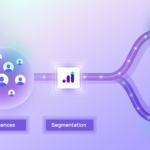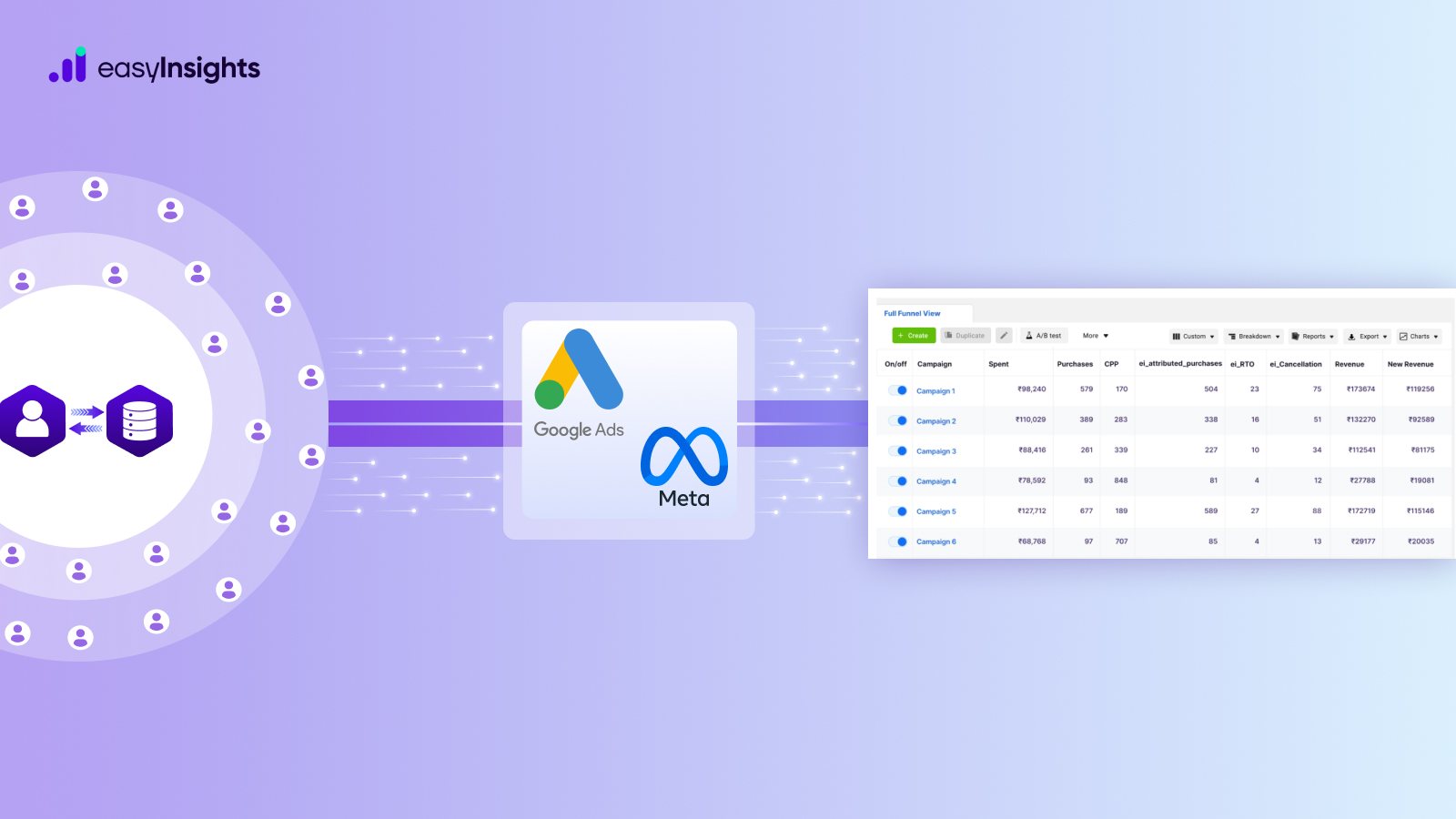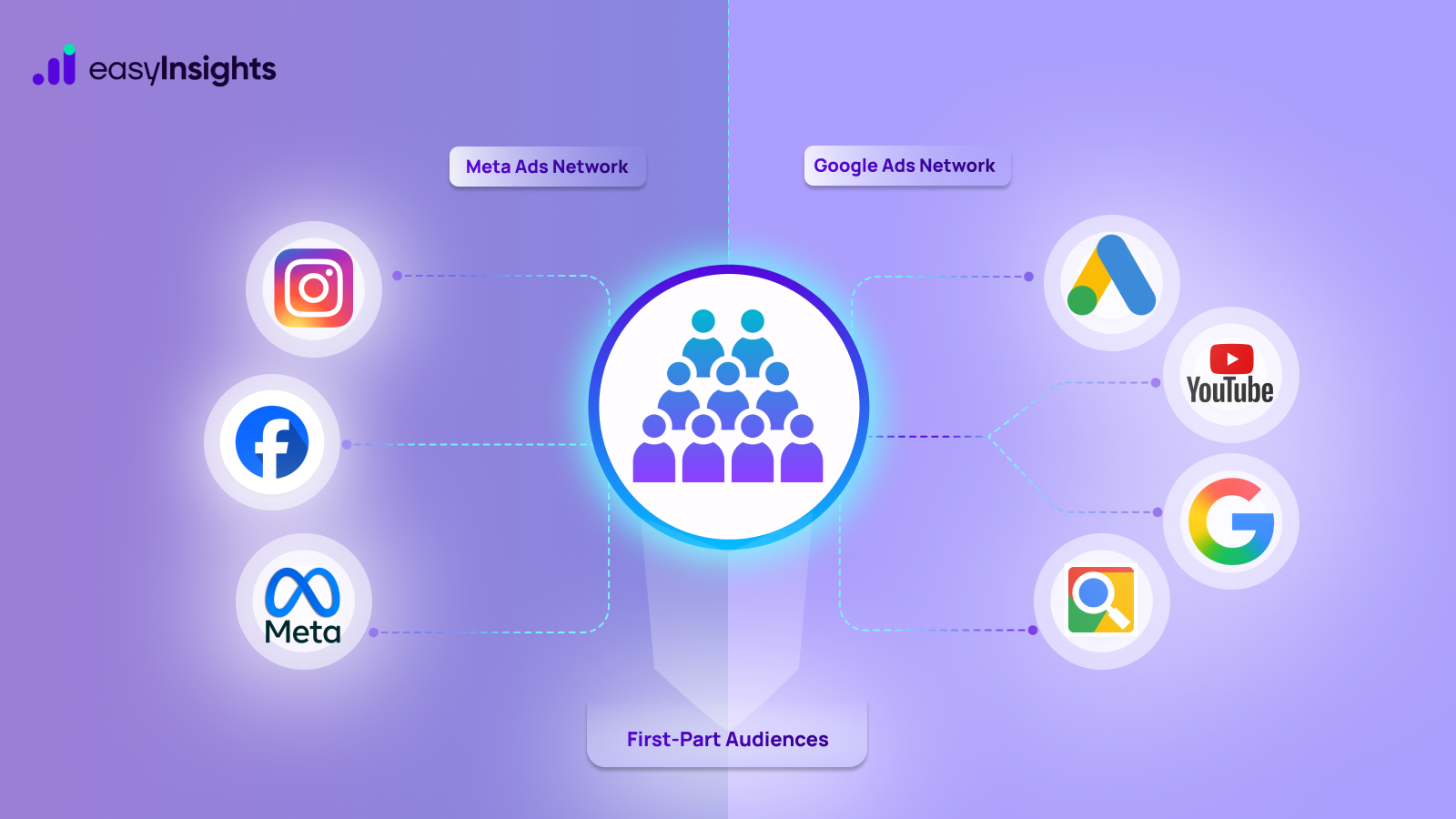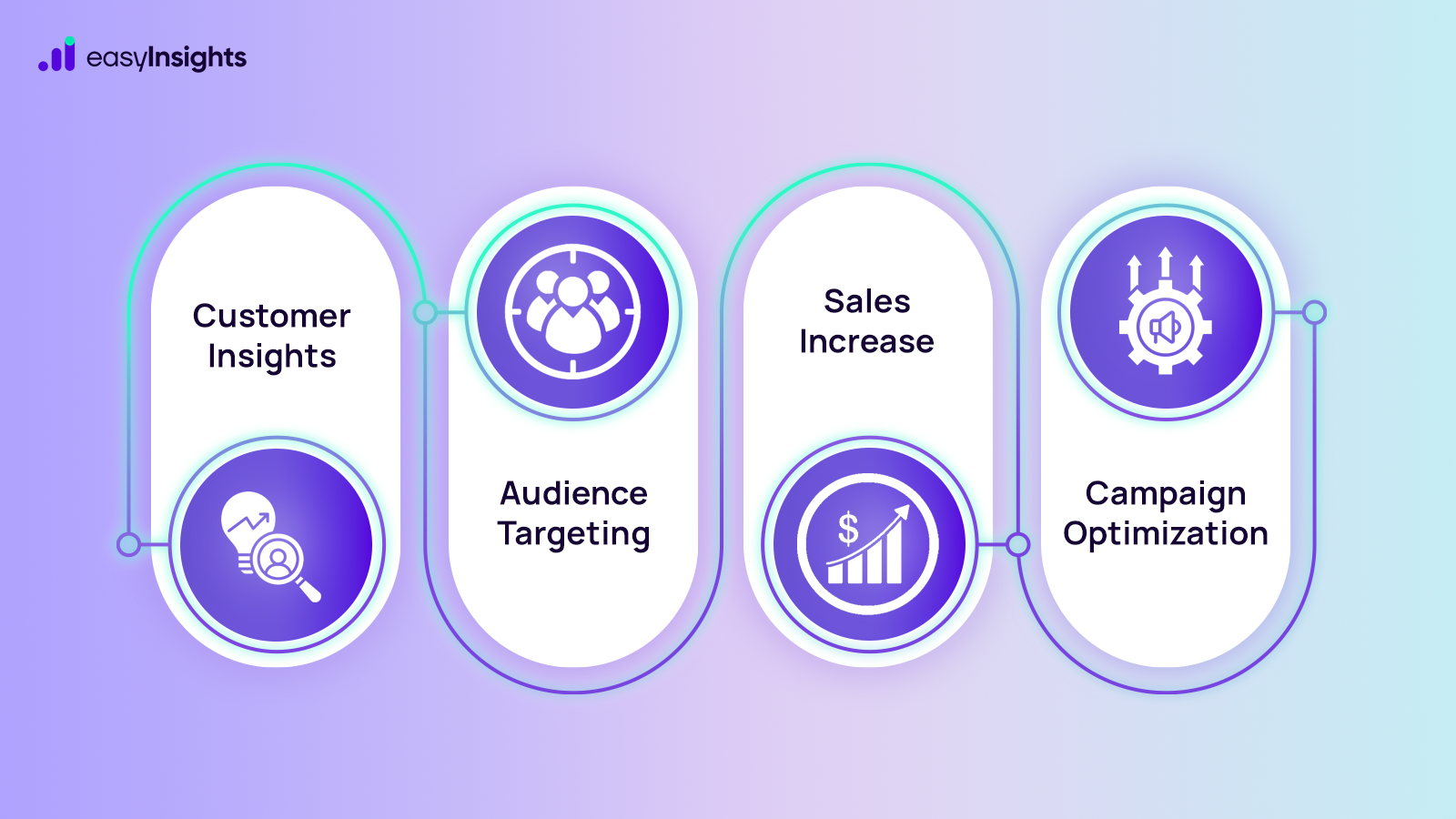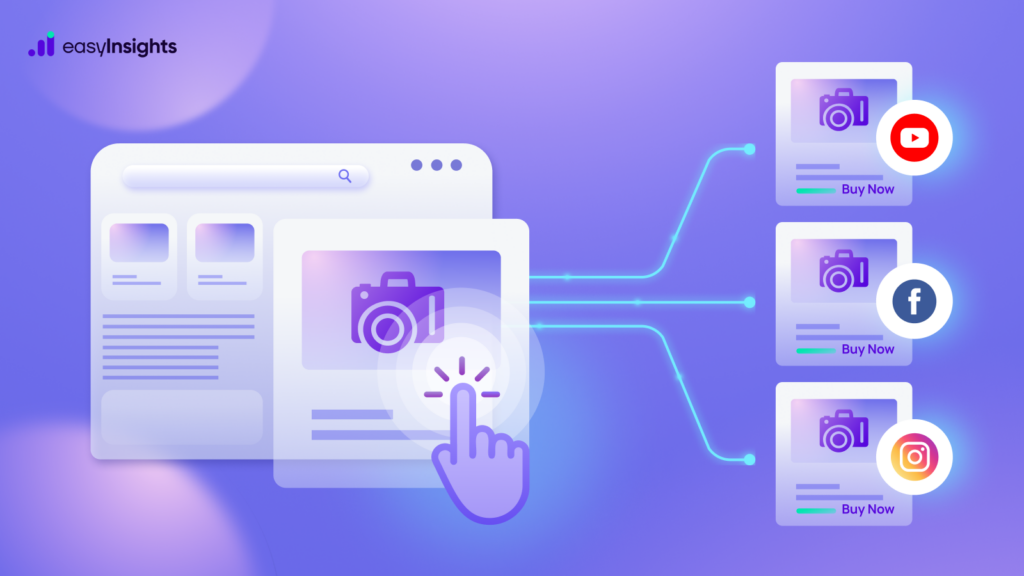
These days, with privacy rules tightening and third-party cookies fading out, marketers are hitting a bit of a wall. The usual ways of tracking people and personalizing ads just aren’t cutting it anymore.
But here’s the good news—you already have something super valuable: your own data. Yup, all the info your customers share when they visit your site, use your app, sign up for emails, or shop offline—that’s first-party data. And it’s pure gold. It’s accurate, privacy-friendly, and way more personal because it’s based on real actions from real people.
The trick is knowing how to use it right. When you do, you can create way more relevant, tailored marketing that actually connects. You know that feeling when an ad shows up and it’s exactly what you were thinking about? Not creepy—just spot on? That’s the magic of first-party data. You’ve seen it before… now it’s your turn to make it happen.
Let’s walk through how you can use this powerful data to personalise your marketing like never before.
Jump ahead to:
What is Personalized Marketing?
Personalized marketing is a strategy that delivers customised content, offers, and experiences to individual users based on their preferences, behaviour, and past interactions with your brand.
Instead of blasting the same message to everyone, you tailor communication to each user’s intent, making every touchpoint feel more relevant and timely. Examples of Personalised Marketing in Action:
- A first-time visitor sees a welcome pop-up with a discount or beginner guide.
- A loyal customer receives an email with exclusive rewards or early access.
- A user who browses winter jackets gets retargeted with a curated carousel of new arrivals in their size or style.
This level of 1:1 personalization increases engagement, boosts conversions, and improves customer loyalty, because people are far more likely to respond when a brand speaks directly to their needs and interests.
80% of consumers are more likely to make a purchase when brands offer personalized experiences. (source)
But here’s the catch: you can’t personalize without knowing your audience. And that’s exactly where first-party data comes in.
What Exactly is First-Party Data?
Think of first-party data as the information you collect directly from your users—without any middleman. This could include:
- Website or app interactions – server-side tracking of events like purchases, form submissions, or logins.
- CRM data – like email, phone number, lead score, or purchase history.
- Offline activity – like store visits or call center conversions.
- Authenticated data – when users sign in or subscribe using their contact details.
Unlike third-party data, which is aggregated and often inaccurate, first-party data comes from real interactions with your brand. It’s stored within your own systems (like a CRM or data warehouse), giving you full control.
First-Party Data for Personalized Marketing
Now, here’s where it gets exciting: once you have clean, structured first-party data, you can use it to create hyper-personalized experiences across your entire marketing stack. Let’s break it down.
1. Segment Your Audience
Every customer is different—and your messaging should reflect that. With first-party data, you can segment your users based on real behavior and preferences. Imagine knowing exactly who:
- Browsed your pricing page but didn’t convert
- Purchased once and never returned
- Engaged with multiple products, but didn’t check out
- Regularly buys premium products or bundles
You can build these segments directly inside your CRM, CDP, or analytics platform—whether it’s Salesforce, Klaviyo, HubSpot, or BigQuery. Then, craft unique journeys for each one:
- Reminders for cart abandoners
- Loyalty offers for repeat buyers
- Education or testimonials for high-intent visitors
These aren’t guesses,’ they’re based on actual behavior. That’s what makes them powerful.
2. Run Dynamic Ads
Generic ads don’t cut through the noise. But ads powered by first-party data do.
By feeding platforms like Meta and Google with your segmented audience data, you unlock personalization at scale:
- Someone who explored your winter jackets last week? Show them a dynamic carousel with those exact products.
- A repeat customer? Serve a limited-time loyalty discount.
- A user in Delhi during a heatwave? Highlight your summer collection—not raincoats.
These kinds of ads deliver stronger CTRs, lower CPAs, and better ROAS, because they feel relevant. You’re not just selling, you’re helping.
3. Power Smarter Email & SMS Campaigns
First-party data is the fuel behind every great lifecycle campaign. Whether you use Klaviyo, Mailchimp, or HubSpot, you can trigger personalized email and SMS flows like:
- Cart abandonment reminders within minutes of drop-off
- Product recommendations based on browsing or purchase history
- Reorder prompts timed to product lifecycle (e.g., skincare, supplements)
- Win-back flows to re-engage inactive users
And because this data is directly sourced from user actions, you don’t need to guess when or what to send. Your campaigns become timely, relevant, and far more effective.
4. Connect Online and Offline Journeys
Most brands don’t operate in a purely digital world. People click ads, visit stores, call sales reps, or attend events. Without first-party data, these touchpoints stay siloed. But by collecting contact info or transaction details offline—and linking them to digital campaigns—you can:
- Attribute in-store purchases to ads or emails
- Exclude recent buyers from redundant campaigns
- Trigger follow-ups, loyalty offers, or feedback surveys
Platforms like EasyInsights.ai help connect these dots seamlessly—so your marketing reflects the full customer journey, not just digital footprints.
5. Build High-Quality Lookalike Audiences
Want to scale without wasting budget? Start with your best customers.
Take the top 5–10% of your buyers—those who purchase frequently, spend more, and stick around—and export their data (hashed, privacy-safe) to Meta or Google.
Use this list to create lookalike audiences. The platforms will find people who behave similarly—so your ads reach high-potential prospects, not random browsers.
It’s a smarter way to grow. Instead of casting a wide net, you replicate what already works.
6. Fix Attribution & Improve Performance
With browser changes, cookie blocks, and iOS limitations, third-party tracking is breaking down fast. Many marketers are left wondering: what’s working?
First-party data gives you the answer. By setting up server-side tracking (via GTM, GCP, or tools like EasyInsights), you can:
- Send events that browsers and ad blockers can’t block
- Report offline conversions back to ad platforms (like Meta’s Offline Conversions API)
- Optimise bidding and targeting based on real, verified outcomes
This means better reporting, clearer attribution, and campaigns that adapt in real time to what actually drives results.
Also Read: How to Activate Your First-Party Data
Final Thoughts: First-Party Data is Your Competitive Advantage
Personalized marketing without first-party data is guesswork. But with it, you unlock:
- Clearer insights into customer behavior
- More relevant and timely messaging
- Higher-performing campaigns across every channel
- Long-term trust and loyalty from your audience
As privacy norms evolve, the brands that win will be those who invest in owning their data—and using it wisely.
Tools like EasyInsights.ai make this journey simpler, helping you track, enrich, and activate your data across Meta, Google, and other key platforms.
So if you’re serious about scaling in today’s landscape, don’t wait. Start with what you already own – your first-party data. And build marketing that truly delivers.
Book a Demo with EasyInsights today!



